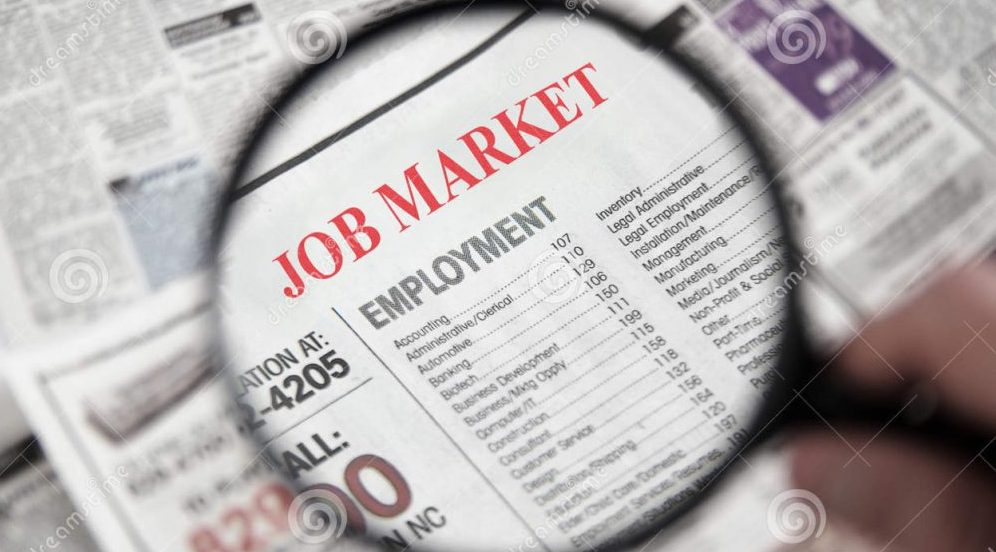The issue
The workforce across the developed world is now older than at any point in history. In the last decade, the average labour-force participation rate of 55- to 64-year-olds in developed countries has risen by almost eight percentage points.
Yet, today older people often face workplace discrimination and exclusion. Greater participation and inclusion of older adults in the workforce could help boost productivity in countries that have an ageing population. However, age, as a diversity characteristic, has received relatively little attention when it comes to DEI, or diversity, equity and inclusion, initiatives.
Could age diversity statements help in this process?
These are short documents that state explicitly in words the organisation’s commitment to age diversity and how much it values it for success. They are signed by the CEO or senior management to give them credibility. Such statements can be presented to decision makers when recruiting people or when work teams are being selected.
Franciska Krings, Professor of Organisational Behavior at HEC Lausanne has researched this topic. “The impact of Diversity Statements; More than just Window Dressing?” has just been published. “Too Old to Be Included: Age Diversity Statements Foster Diversity Yet Fall Short on Inclusion”, also covers this.
Her research shows consistent evidence that when building teams, short diversity statements increase the selection rate of older individuals, so that teams are more age balanced, independently of the decision makers’ own age or attitudes toward age and older workers. However, even if short diversity statements effectively increase the representation of older people in teams, they only boost their inclusion if the organization shows a true commitment to change.
Why it’s important
Age-related bias is a significant issue in the workplace and organisations need more nudging techniques to drive greater participation from older people. Yet, there are a limited number of tools that organisations can use. Age diversity statements can specifically help increase the numbers of older people either recruited or included in work teams.
What the professor has to say
Excluding older people is still one of the most accepted forms of workplace prejudice. Many younger employees don’t even need to be ashamed of their attitudes — dismissing older peoples’ skills and attitudes as outdated or less relevant. Age is therefore one of the most neglected areas when it comes to DEI.
Age diversity statements work because they focus on organisational values and peoples’ attitudes towards corporate compliance — where employees want to do the right thing for their organisation. This overrides any negative attitudes that employees might have towards older people.
However, age diversity statements may only work if they are repeatedly used. Employees need reminding about this issue.
Conclusion
Organisations that choose to be explicit with decision makers, through statements, are more likely to achieve their age diversity goals. Statements don’t boost the inclusion of older people, they only have a positive effect on inclusive behavior if the organisation also signals that it’s truly committed to older people having an active role in the company. Such diversity statements could also be used for gender and race — this will form the basis of further research.




